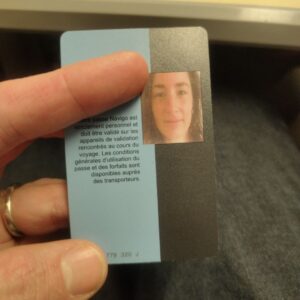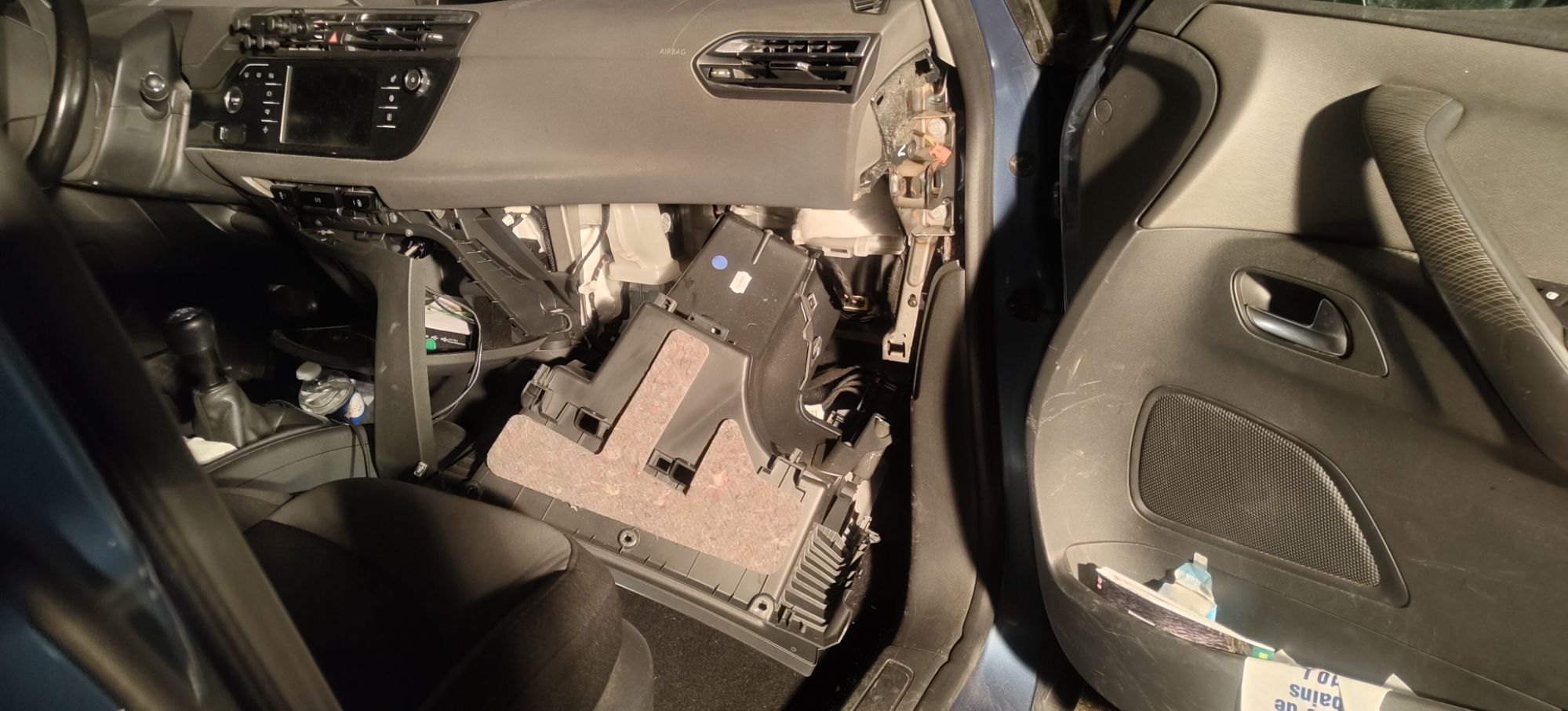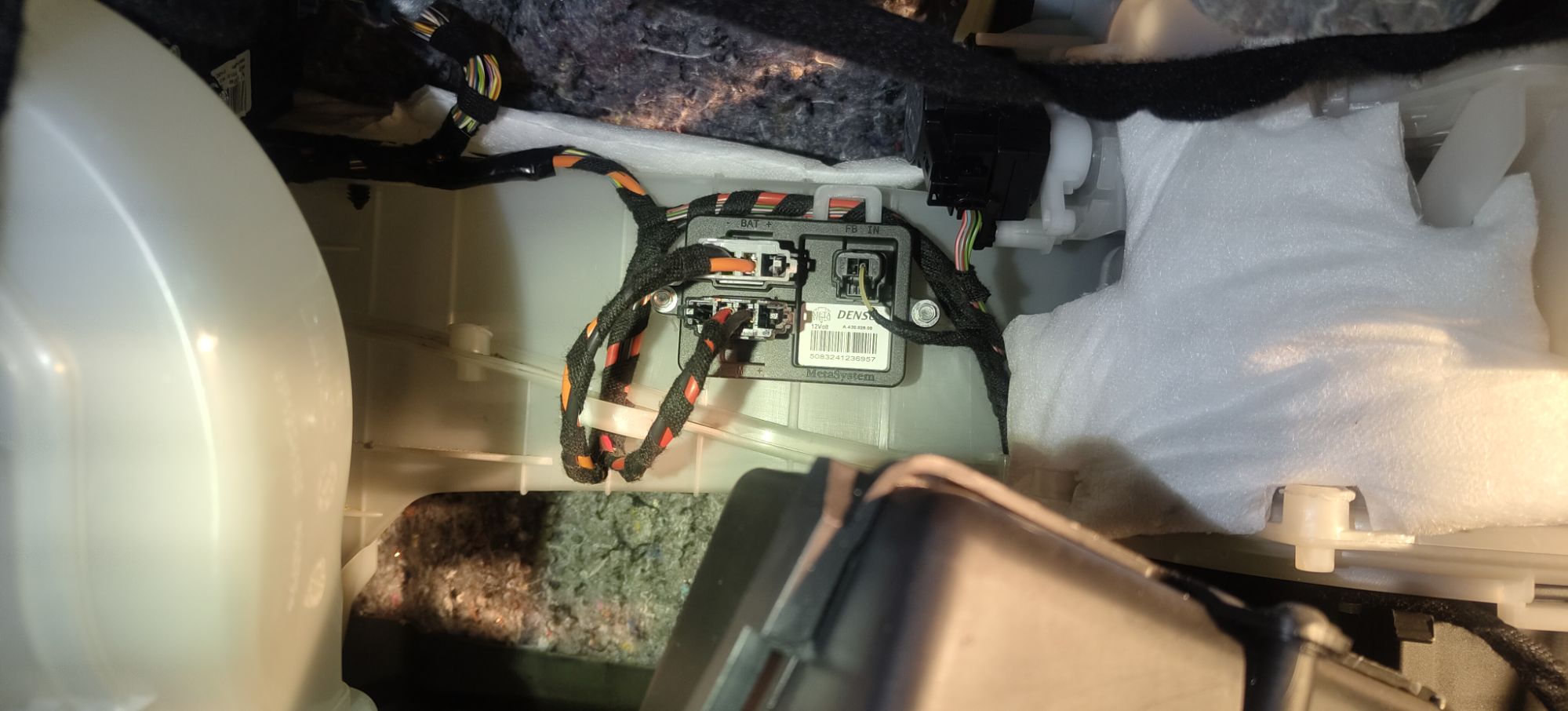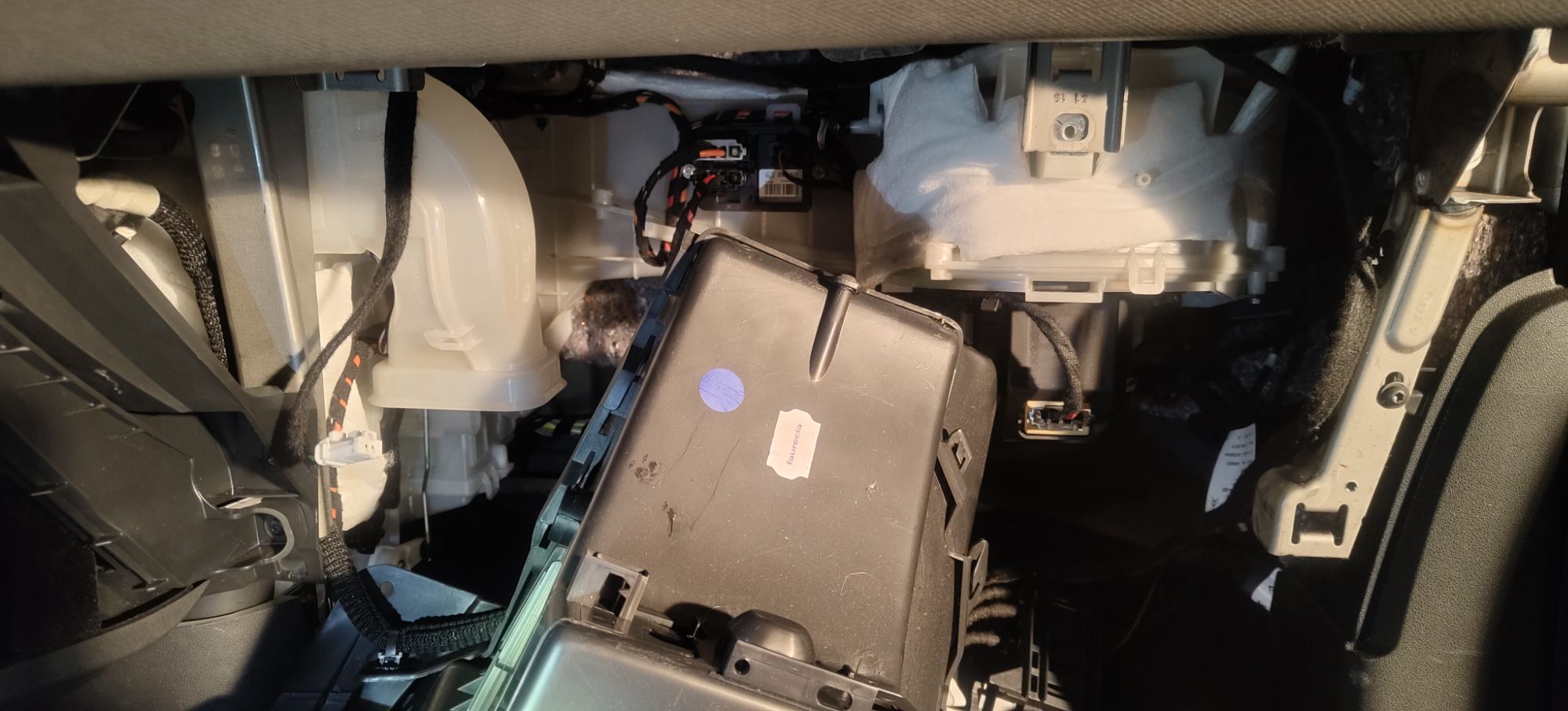This time, the scene unfolds at Gare de Lyon, a bustling French station, where I stumbled upon a transportation card belonging to someone we’ll call Anna.

The card bore a picture, so I scanned the crowd, calling out “Anna” in hopes of catching her attention. Alas, no response.
Undeterred, I turned to the internet, searching for any trace of Anna. I found a LinkedIn profile that seemed to match. With common names, it’s not always straightforward, but my instincts told me I was on the right track. Armed with her current company’s name, I crafted emails to [email protected]/fr and [email protected]/fr. To my delight, it worked!
Within minutes, I received an Out of Office (OoO) reply containing a mobile phone number. I sent a text message, and to my surprise, it reached the rightful owner of the card.
Anna was initially taken aback by how I obtained her number but was grateful for my efforts to return her lost item. This story is just one of many in my ongoing quest to reunite lost items with their owners, a journey that began in 2020 when I found an iPhone in the forest.
Since then, I’ve honed my skills and achieved an impressive 80% success rate. I even created an Instagram account to document my adventures.
In the end, I believe in the power of kindness and the satisfaction of helping others. I would be grateful if someone did the same for me, so I pay it forward.
Little did I know, my hobby has a name: OSINT, or Open Source Intelligence. It involves using publicly available data to piece together information and create profiles. I’ve come to enjoy the challenge and the thrill of solving these mini-mysteries. Even if my friend Dimitri finds it a bit unsettling 😅, I find it incredibly rewarding.




